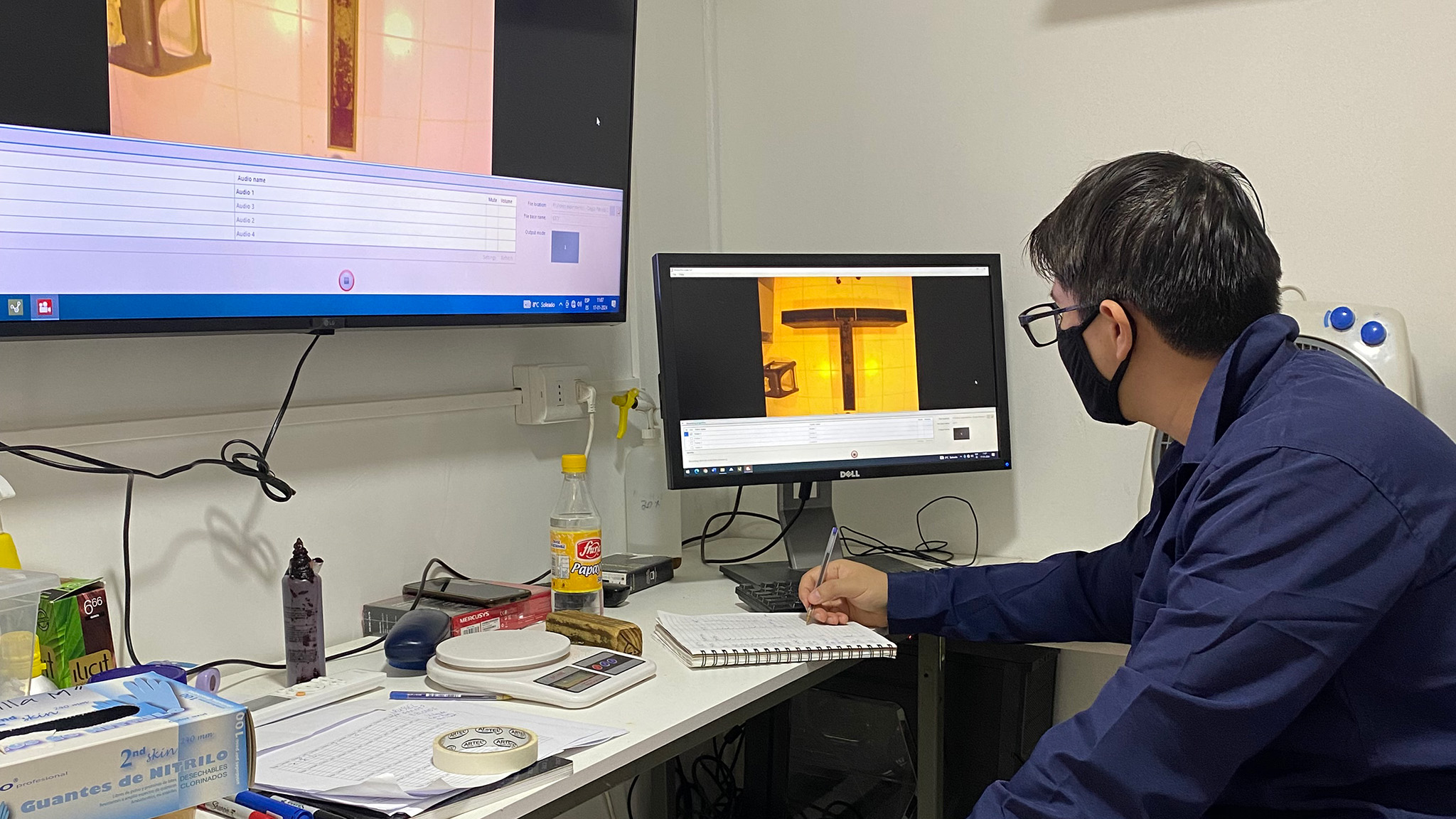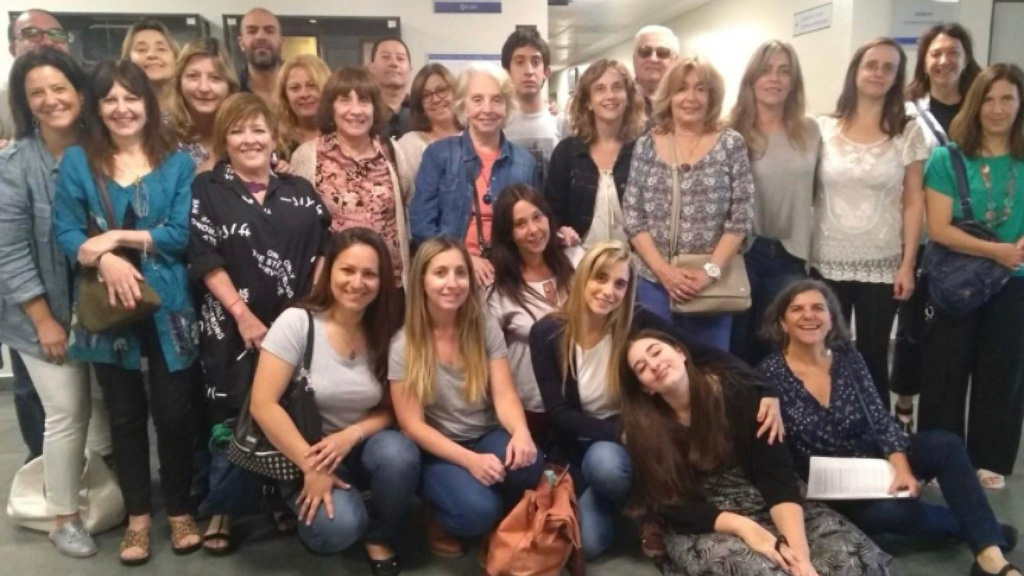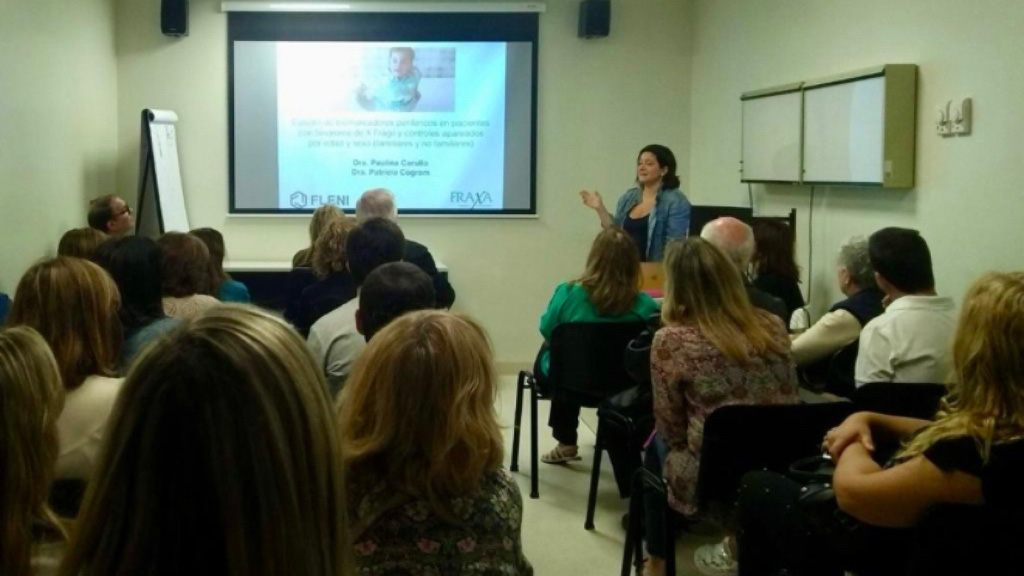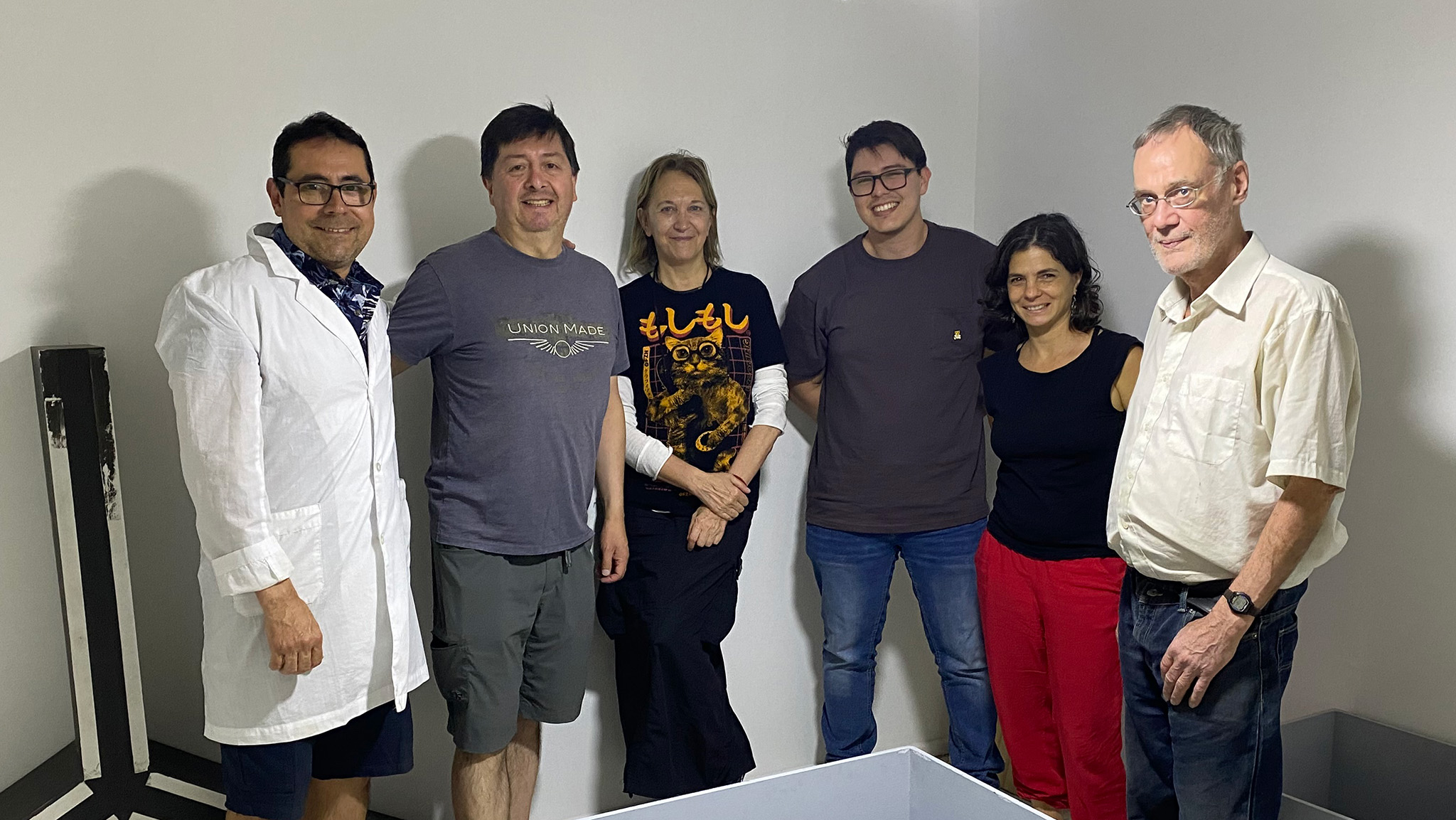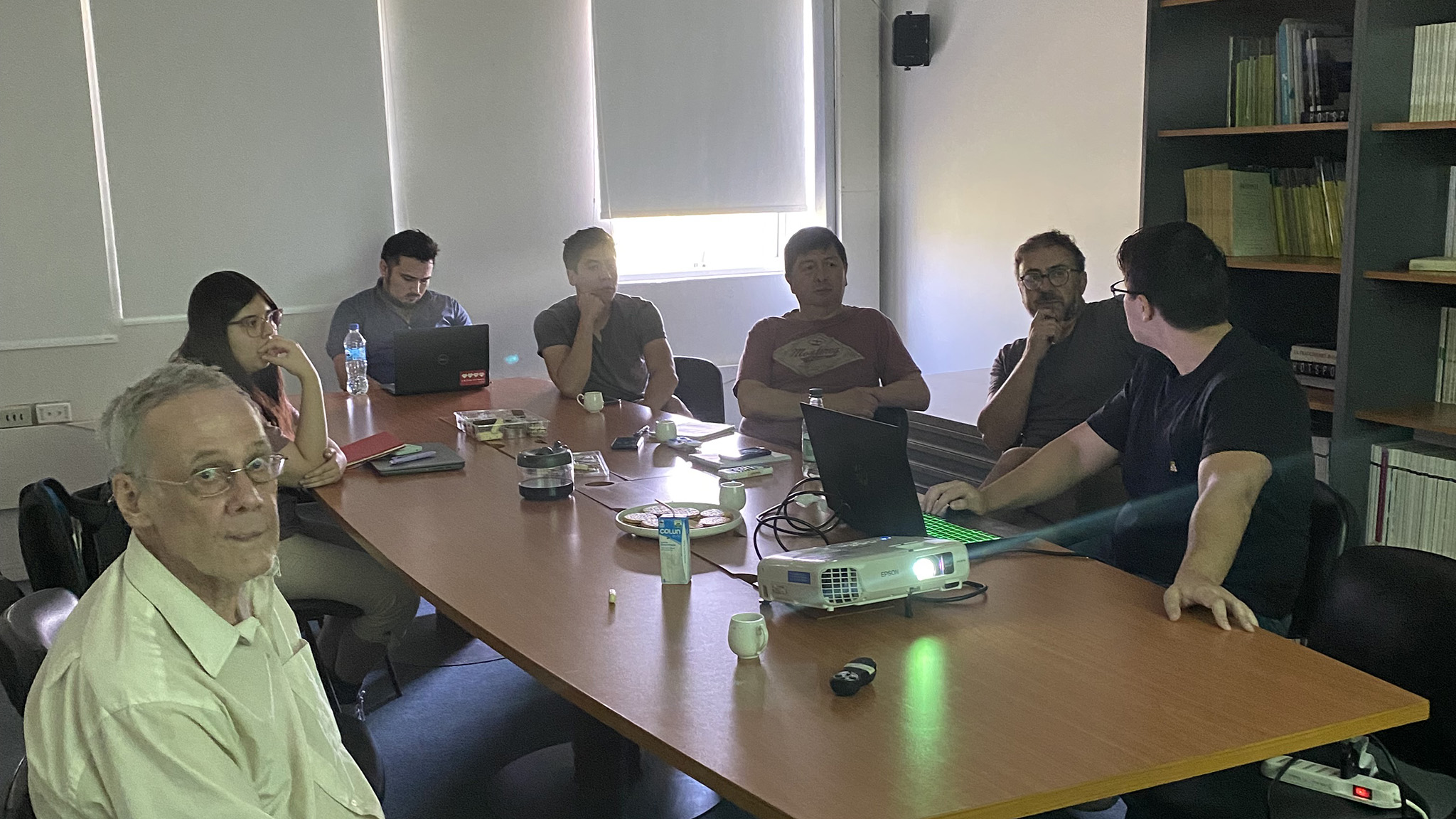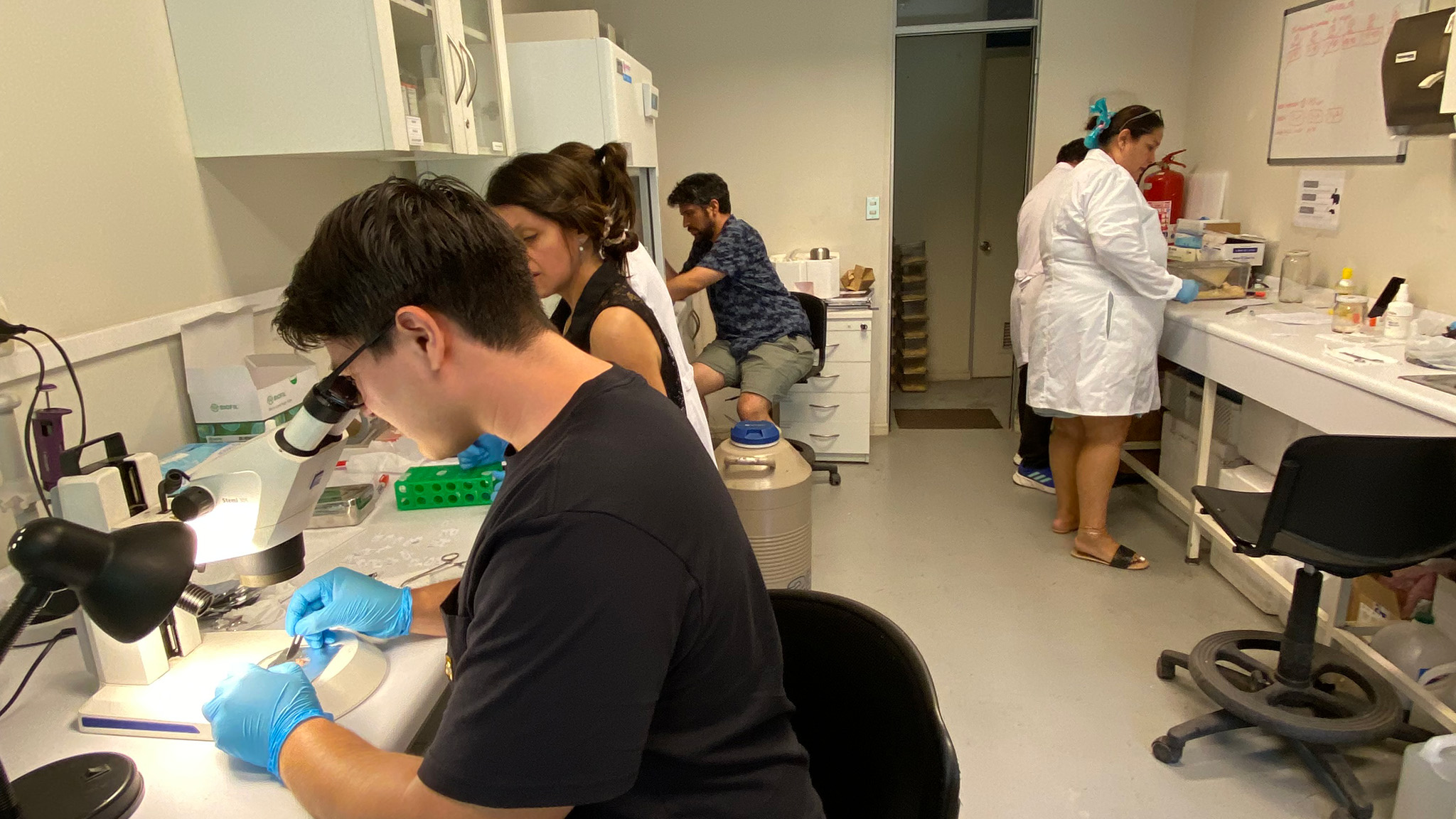
Welcome to the remarkable world of FRAXA-DVI. This extraordinary initiative, spearheaded by FRAXA Research Foundation in 2011 is a key piece of the Fragile X drug development pipeline.
At the heart of this initiative is Dr. Patricia Cogram, Associate Professor at the University of Chile, whose efforts have been pivotal in creating this resource.
FRAXA recently met with Dr. Cogram for her insights into FRAXA-DVI’s approach.
What is FRAXA-DVI?
Launched by FRAXA in 2011, the FRAXA Drug Validation Initiative (FRAXA-DVI) is a streamlined, cost-effective platform for preclinical testing of potential Fragile X treatments.
At the University of Chile in Santiago, Dr. Patricia Cogram and her colleagues run dozens of experiments on hundreds of compounds, evaluating each one’s potential to treat (or cure) Fragile X syndrome. These compounds have emerged from FRAXA-funded research or are being developed by pharmaceutical companies to treat other disorders and have shown promise for Fragile X. FRAXA-DVI is there to run them through their paces.
“We have run hundreds and hundreds of compounds throughout the years through FRAXA-DVI for FRAXA. We can now tell certain pathways are very important for Fragile X. You see changes in behavior but also in the connectivity of the brain.”
Patricia Cogram, PhD
Associate Professor, Genetics
IEB, University of Chile
FRAXA-DVI aims to validate investigational new drugs and repurposed compounds for Fragile X saving time, money, and reducing the need for human testing. The impact of FRAXA-DVI on the Fragile X field has been profound, enabling the launch of large-scale clinical programs.
A FRAXA-DVI Success Enabled Current Phase 3 Clinical Trials
Not every compound tested at FRAXA-DVI has a positive outcome. For instance, combining sulindac with minocycline didn't work out. But one big success story is Tetra Therapeutic's new drug, zatolmilast. It improved mouse function in many ways. Tetra included washout testing in which the mice are tested weeks after they have stopped taking an experimental compound. Even after the drug was stopped, the mice showed enhanced cognition and memory — a truly encouraging finding.
“We could see the translation! To see a positive result was very rewarding after many, many compounds failing. We never saw it again with any other compound.”
Patricia Cogram, PhD
Associate Professor, Genetics
IEB, University of Chile
Collaborative Efforts with Fragile X Families
Dr. Cogram is the Principal Investigator of FRAXA-DVI. Collaborating closely with her is Robert Deacon, PhD, of Oxford University, UK. They are assisted by a large and dedicated team whose efforts often extend to weekends. Each team member contributes expertise in molecular biology, statistics, dissection, or data analysis, forming a cohesive unit that pushes the boundaries of Fragile X research.
The team also works closely with Dr. Paulina Carulo in Argentina, who runs a thriving Fragile X clinic. “Meeting with the families is important because you get to know the kids and what the families really need. Their priorities are sometimes not what we scientists would have interpreted. Knowing that other side is important,” says Dr. Cogram.
Advancing Fragile X Treatments - FRAXA-DVI’s Workflow
The FRAXA-DVI process involves a series of carefully orchestrated steps. Once a compound shows promise as a possible Fragile X treatment, it becomes a candidate for testing. Mice play a crucial role in this process, and the careful preparation of these mice is vital.
Once the mice are ready, they undergo testing at two months of age to establish a baseline. The next phase involves giving the compound to the mice and monitoring their daily responses, side effects, and weight changes. Behavioral testing is conducted to observe how the mice react to the treatment. Blood samples are collected. Ultimately the brains of the mice are dissected for further studies, including protein analysis. The collected data then undergoes rigorous statistical analysis. Researchers carefully examine the data to understand the effects of the test compound.
A comprehensive report is generated, summarizing the findings of the study. FRAXA Medical Director Dr. Mike Tranfaglia works alongside pharmaceutical scientists and/or academic researchers to determine if the results are promising. If so, the team may decide to proceed with more complex testing to further validate the compound's efficacy.
As the value of the platform becomes more widely appreciated, many pharmaceutical companies with promising compounds request more in-depth testing. FRAXA offers an initial package of testing and then companies will often step up to sponsor additional studies.
This intricate process, spanning approximately a month and a half, aims to advance compounds that could offer meaningful benefits to individuals with Fragile X syndrome.
A Beacon of Hope
Of the 600+ research projects FRAXA has funded over the years, FRAXA-DVI has proven to be one of the most successful. It is a essential element in the pursuit of effective treatments and a cure for Fragile X.

